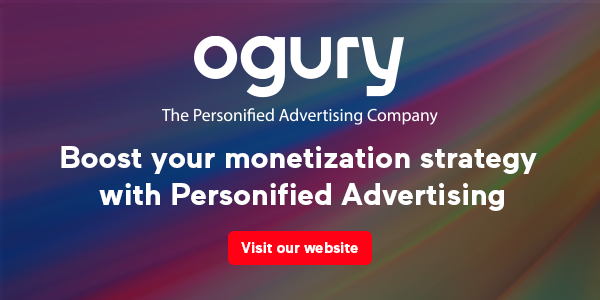While third-party cookies and other PII-based ad identifiers are going extinct, there are still too many players in the digital advertising ecosystem with their heads in the sand. Those that insist on using the discredited and increasingly rejected “personalized” advertising are naive at best, and arrogant at worst.
Don’t buy into the hype that hashed emails or other reconfigurations will make ID-based targeting privacy compliant. Inertia is easy and comfortable but potentially deadly. Denial is happening on both the demand and supply sides.
“Personified” advertising will be revealed as the solution the industry has so desperately been crying out for as we head into a privacy-first future.
Personified ads, explained
If you are a publisher, personified advertising may well be the blueprint needed for a sustainable future. The daunting challenge lies in how publishers refortify themselves to make up for revenue lost due to the disappearance of third-party cookies and the tightening of global privacy regulations. We have already witnessed a large drop in RPM, or revenue per page, on environments like Safari or Firefox because of those IDs fading away, leaving publishers with a bulk of non-qualified impressions.
And as we move into 2023, the good news for publishers is that there is already a growing number of open web monetization offerings built upon an unshakable and sincere respect for user privacy. And while next-gen contextual targeting solutions are readily available, they fall short in truly understanding the target audience. The market is crying out for a new solution that offers scale, sustainability and performance that goes beyond the capabilities of contextual and semantic.
Ogury has answered with an alternative that allows publishers to qualify their inventory without requiring user IDs. Personified advertising hones in on where interest-based “personas” consume content, not the individuals themselves.
The best-in-class solutions have created technology built on a foundation of consented user data, layered with near-real-time comprehension of digital user habits and behaviors that are in-depth and nuanced. This can be done at scale by defining millions of domains, apps and personas. The relevance of these insights is never compromised, as this data is constantly revised and validated by large user panels. This targeting is then refined using delivery and performance data from ongoing campaigns.
Let’s take a personal finance publisher. Having an ID-less, contextual-only approach will only result in qualifying campaigns for banks, finance and luxury brands. Personified targeting qualifies the audience based on their interests and may reveal that a large proportion of users are actually tech-savvy, eco-conscious, or home cooks.
New solutions are adaptable to publisher needs
To fulfill the promise of personified advertising, solutions exist that can be tailored in a bespoke way through custom integrations to fit every publisher’s strategy under the sun. Depending on the publisher, these modalities for both display and video mesh well with audience insights that can fuel their sales strategy. At the same time, advertiser needs – such as viewability, video completion rate and the increasingly in-vogue “attention” metric – are prioritized.
Memorable ad formats are the name of the game
The personified advertising era will spark innovation in formats created for a superior user experience that are not only viewable but also memorable. By deploying these formats across environments, publishers will see their ad revenue veer upward while simultaneously preserving user experience and privacy.
Now this is a future scenario we can all embrace.















